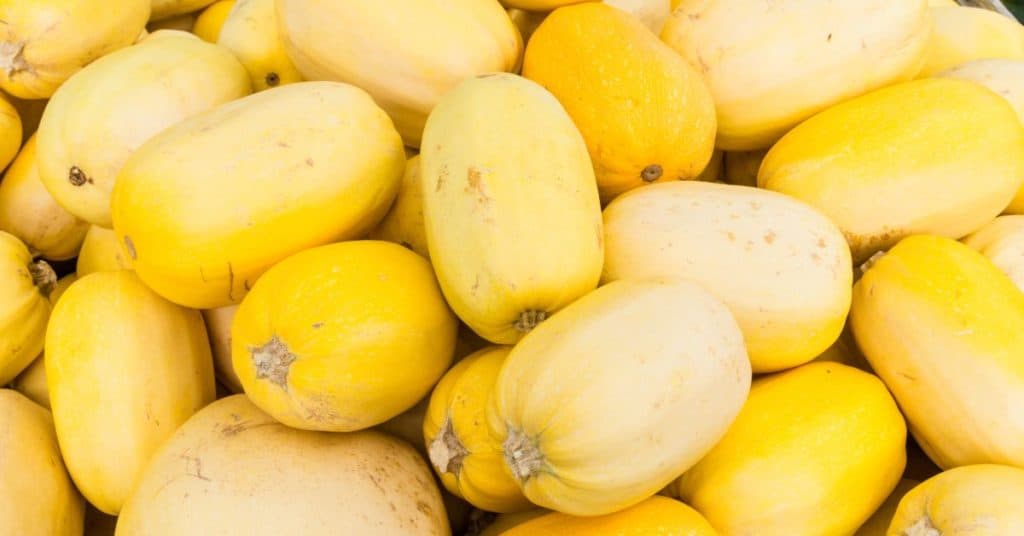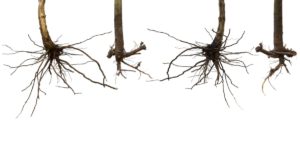Are you growing spaghetti squashes and don’t know when to pick them? You’re in luck because we’ve got all the answers!
A dark yellow to golden color and a hard and thick skin indicates that your spaghetti squash plant is ripe and can be picked. If you try poking the skin with your fingernail, there should be pressure required before puncturing through the surface of its skin, meaning it’s ready for harvest!
If you’re looking for tips on picking spaghetti squashes, check out this helpful guide that we gathered from all over the internet.
What month do you harvest spaghetti squash?
The answer depends on where you live. Whether it’s in your garden, at the store, or from a farm, certain factors need to be taken into consideration before picking them up and bringing them home.
If you live in a colder climate, it’s best to harvest spaghetti squashes in mid-October. When they are harvested later than that, the squash will be too hard and dry for consumption.
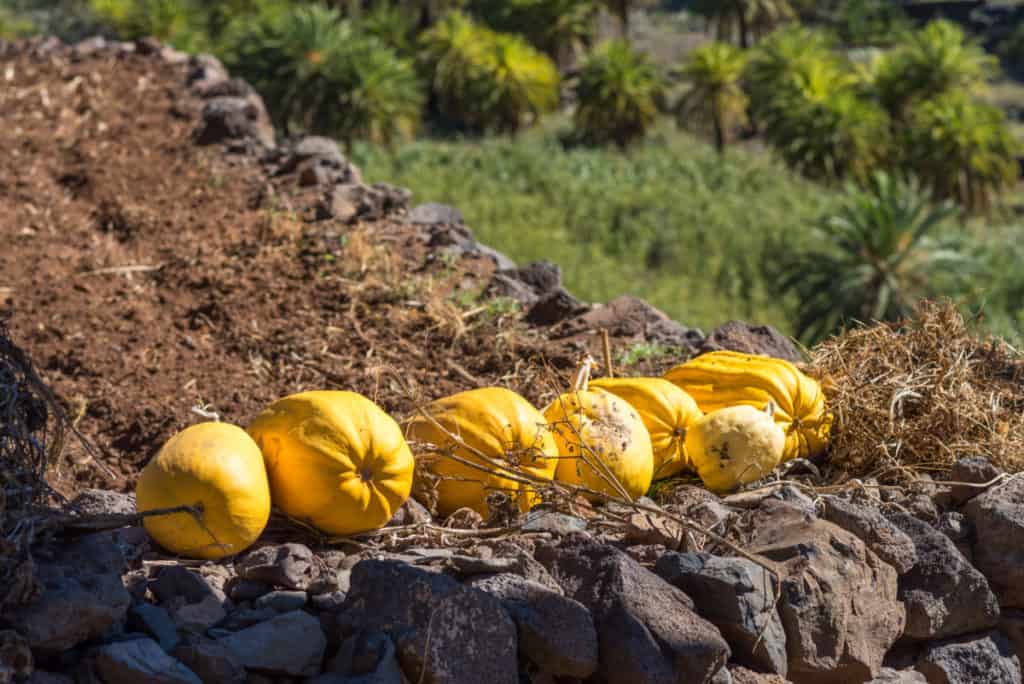
In warmer climates or when grown indoors, harvest time can vary based on what your preference is as well as how long your growing season lasts.
Spaghetti squash is ready to be picked around the same time as delicata squash, so if you have any, of these in your garden, you can use them as a reference.
Will spaghetti squash ripen after picking?
Yes, it will. In fact, You can speed up the ripening process by putting your spaghetti squash in a place where it will receive sunlight and warmth. This is because warmer temperatures expedite chemical reactions such as those that take place when we age.

When the spaghetti squash is ripe, it will turn golden yellow right away. If you pick a green one by mistake, just place it in a roomy box or basket and store it at room temperature until ready for use.
If your spaghetti squash does not have enough sunlight or temperature, it will take about three to five weeks to ripen.
Don’t forget that winter squashes are ready for harvest in mid-October! If you pick them too late like the spaghetti squash, they will be hard and dry when brought home.
To pick them early, you need to cut the stem with a sharp knife or simply twist it off of the plant when they are still hard on top and bottom. Don’t forget to leave two inches long as part of the vine attached since spaghetti squash vines grow along with their size until harvest time.
If you have a short growing season due to the cold weather or little sunlight, you can try cultivating them indoors and start harvesting in early September.
Should I prune my spaghetti squash plant?
It is indeed better to prune the vines early in the season by removing all of them if there are more than three stems from each root crown. Make sure that when you remove them, your root crowns are not damaged or broken down, and leaves look healthy on top.

When leaves begin to die, they are vulnerable to pests and diseases. This makes them a health hazard for the surrounding plants, therefore it is wise that you remove these dead or dying leaves as soon as possible.
To avoid having to continuously remove the flowers, you should wait until they start forming seeds. This will slow down the growth of your spaghetti squash plants and save on time in addition to energy by avoiding multiple flower removals.
By removing all these parts, you save more energy for the plant to grow bigger vegetables instead of focusing on the production of fruits or blooms.
How many spaghetti squashes do you get per plant?
Spaghetti squash plants are a great addition to any garden because they can produce three to five squash each season.
You need a strong root system and enough space for them to grow, otherwise, your plants will not yield good results at the end of the season.
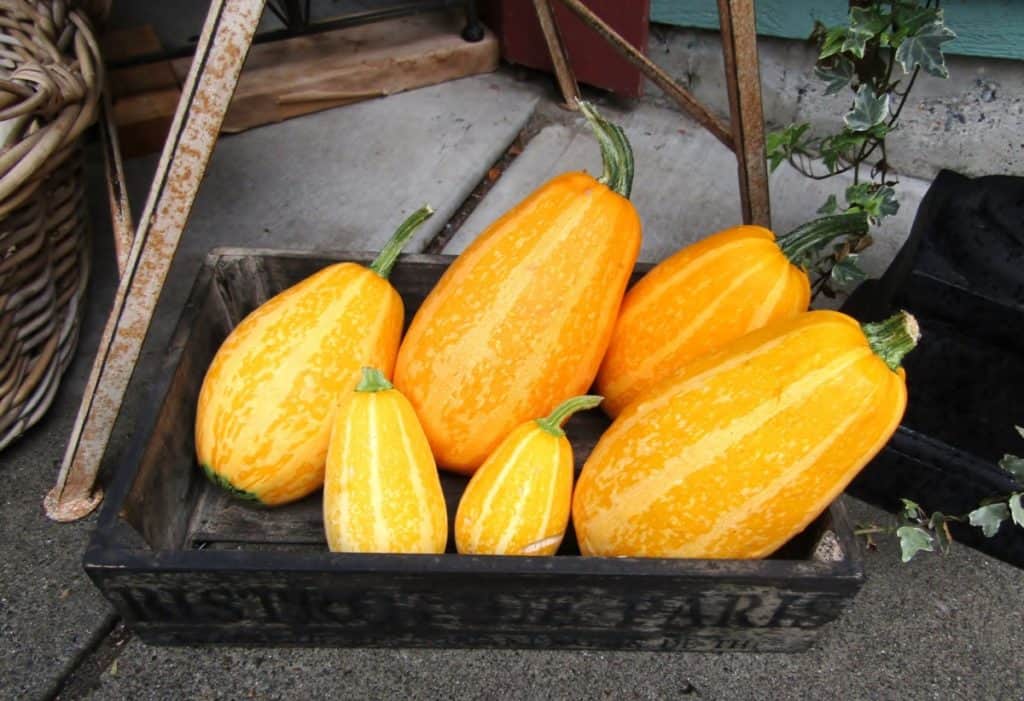
To get the most out of your plants, it is important to remember that the more flowers your plants have, the higher chance they will yield good results.
This is because when a plant has more than one flower, it will have multiple chances of growing into big fruits.
However, if you are planning to grow spaghetti squash yourself and want to get bigger yields, in the end, it’s better to remove all flowers at the first sign of blooming since this energy can go towards producing bigger and heavier vegetables instead.
Spaghetti squashes are ready to get picked when they are dark yellow. If you harvest one before it’s ripe, it won’t taste good, but you can use the tips mentioned above to ripen your spaghetti squash after picking.
What can I plant next to spaghetti squash?
Since they are heavy feeders, you should consider planting nitrogen-fixing legumes like beans, peas, and peanuts near them. This will ensure that your garden soil has lots of nutrients for both plants, and you will need to fertilize them less often.
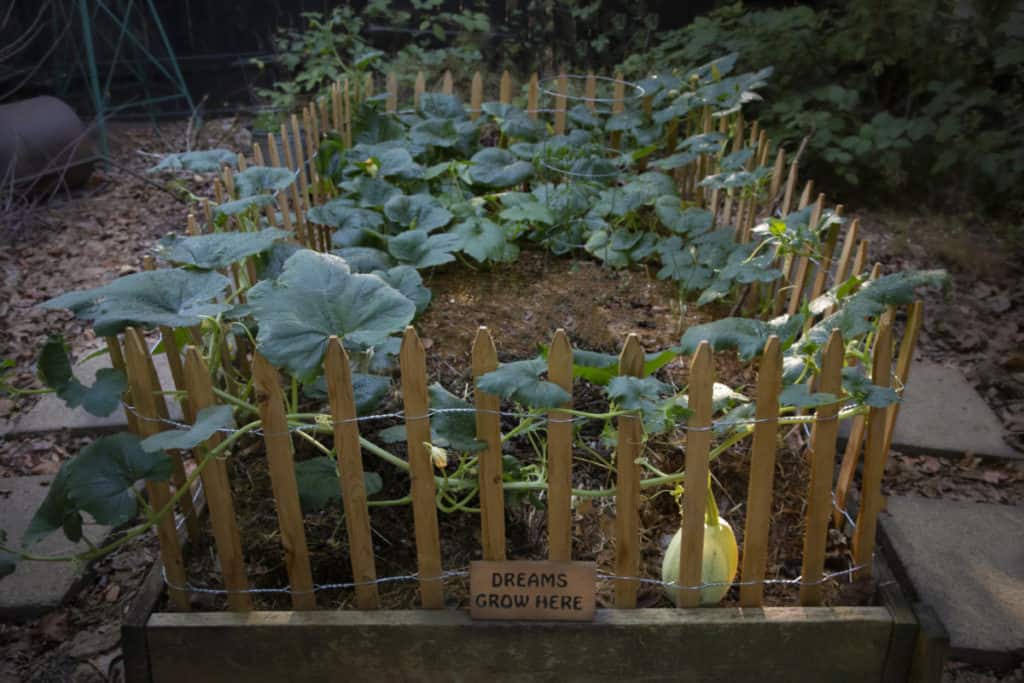
You can also plant leafy vegetables like lettuce or spinach around the spaghetti squash plants because they are considered companion crops that help protect each other from pests and diseases.
It is also a good idea to plant corn near them since they will save space for both plants, and the spaghetti squash vines can grow up along the corn stalks.
If you have a small garden, try planting them together with cucumbers, pumpkins, gourds, or watermelons because they can grow well in the same conditions.
Final thoughts
When picking a spaghetti squash, take into consideration where you live and the season. Whether you are harvesting them in your garden or buying them from a store, there are certain factors to consider before bringing one home.
It is better to prune the vines early in the season by removing all of them if there are more than three stems from each root crown. Remove dead and dying leaves, especially when they are infected by diseases.
You can test if your spaghetti squash is ripe and ready to be picked with your fingernail by piercing the skin. If you can pierce through and your nails won’t go in without resistance, then it is ripe for picking.
Spaghetti squashes are easy to grow and taste great! Try growing some beans, peas, or leafy vegetables near spaghetti squash plants so you have more nutrients for these heavy feeders and they are protected from pests and diseases.

